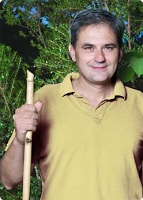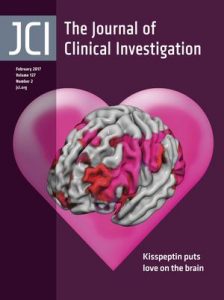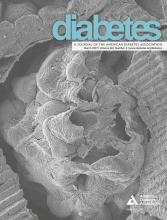
The fallout from an investigation into alleged citation-boosting at several journals that we first reported on two weeks ago has widened, leading to the resignation of the executive editor of one of the journals, and an investigation at a university in The Netherlands.
On February 13, the European Geosciences Union (EGU) announced that an editor at two of its journals had resigned following an investigation by the EGU and its publishing arm, Copernicus, into citation-boosting. They declined to name the editor in question. Last week, we reported that the editor in chief of a Wiley journal, Land Degradation & Development, has temporarily stepped down while the journal investigated similar concerns about why the journal’s impact factor had jumped dramatically recently.
Others — many cleared in the EGU’s investigation — have been swept up in the ongoing story. Here’s what has happened in the last two weeks: Continue reading Citation-boosting episode leads to editors’ resignations, university investigation








